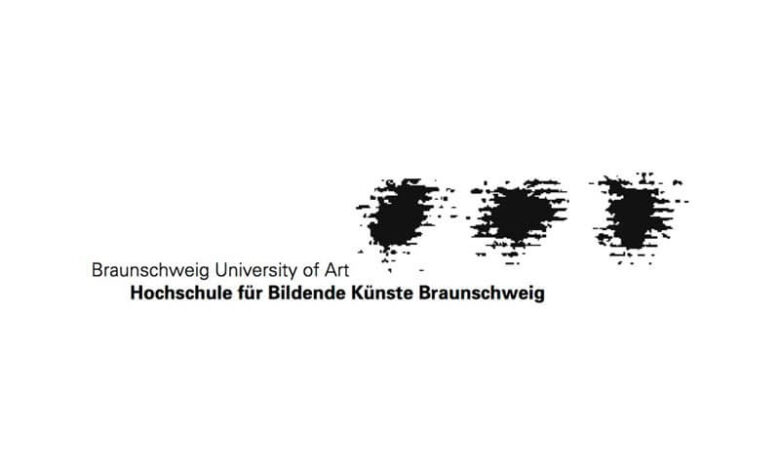Braunschweig University of Art

Braunschweig University of Art
About Braunschweig University of Art
The state of Lower Saxony established the Braunschweig University of Art in 1963. With over 1.000 students, it is now one of Germany’s largest institutions of its sort. The Braunschweig University of Art is Germany’s second-largest public Fine Arts College. Classic fine arts such as painting, sculpture, and graphic arts are taught, as well as modern creative forms such as photography, cinematic art, and computer graphics. Theoretical teaching in art, design, and media is supported by practical instruction. In the fields of art education and handicrafts, teacher-training courses are available.
Image of university

Overall Ranking
The university has ranked 3844 of 14,160 in the World, 1042 of 2,789 in Europe, 143 of 370 in Germany, 15 of 26 in Lower Saxony, and 2 of 2 in Braunschweig.
Courses Offered for International Students
For international students, the institution offers a variety of bachelor’s, master’s, and Research programs, including:
- Sustainable engineering
- Architecture
- Civil engineering
- Environmental sciences
- Mechanical engineering
- Electrical engineering
- Communication technology
- Physics
- Humanities
- Data sciences
Scholarships and financial aids:
Data to be updated.
Internship near Braunschweig University of Art
The university does not provide students with any internship chances. Internships can be found on their own by students who want to earn money and gain experience. Internships at Team Expert, TenneT, and CGI Inc can also be applied for online.
Jobs near Braunschweig University of Art
Part-time employment possibilities for international students are not available at universities. Students can conduct their own searches to earn money while gaining experience. Students can also find part-time jobs on the internet at Mister Spex, Michael Kors, and Esprit, depending on their interests.
Housing and Accommodation
The institution does not provide any specific housing options for students. Although the university will assist you with your housing needs by providing you with the necessary information on the institution’s website. The bulk of the flats is shared, with two students sharing a kitchen and bathroom. There are a few single-occupancy apartments (one-room flats) as well as larger communal flats available. Depending on your options, this would cost between €190-€495 per month.
Cost of Living
There are no tuition costs for a number of degrees offered by the college. To cover their living expenses, students in Braunschweig must raise an average of €519 a month. The cost of living, however, is dependent on the student’s lifestyle changes.
[table id=13 /]Places to visit near the University
The east ring of Braunschweig, particularly the region around the Technical University, provides a diverse selection of options for an interesting evening. Bültenweg, Braunschweig’s “Pub Street,” features a plethora of bustling restaurants and cafés with unique cuisine and intriguing people to meet.
- Burgplatz: From the 9th century onwards, Burgplatz has been the seat of the Braunschweig Princes, and it is surrounded on all sides by a magnificent ensemble of ancient structures.
- Altstadtmarkt: The Altstadtmarkt is a plaza in Braunschweig’s Altstadt (Old Town) district that dates back to the end of the 12th century. The old buildings that surround the plaza have all been meticulously maintained, and each one has a unique tale to tell.
- Happy Rizzi House: A weird structure by American pop artist James Rizzi may be found in the Magniviertel. The structure, which is made up of nine linked blocks, was built on land that had been vacant since the war on the northeast side of Ackerhof around the turn of the century.
Since the Braunschweig University of Art is Lower Saxony’s artistic heart, its impact reaches well beyond municipal limits. The institution encourages regional trends in contemporary art and hence considers itself a location of interaction and conversation. Exhibitions in two galleries, talks, lectures, and films are among the events planned for not just students but also the general public.
